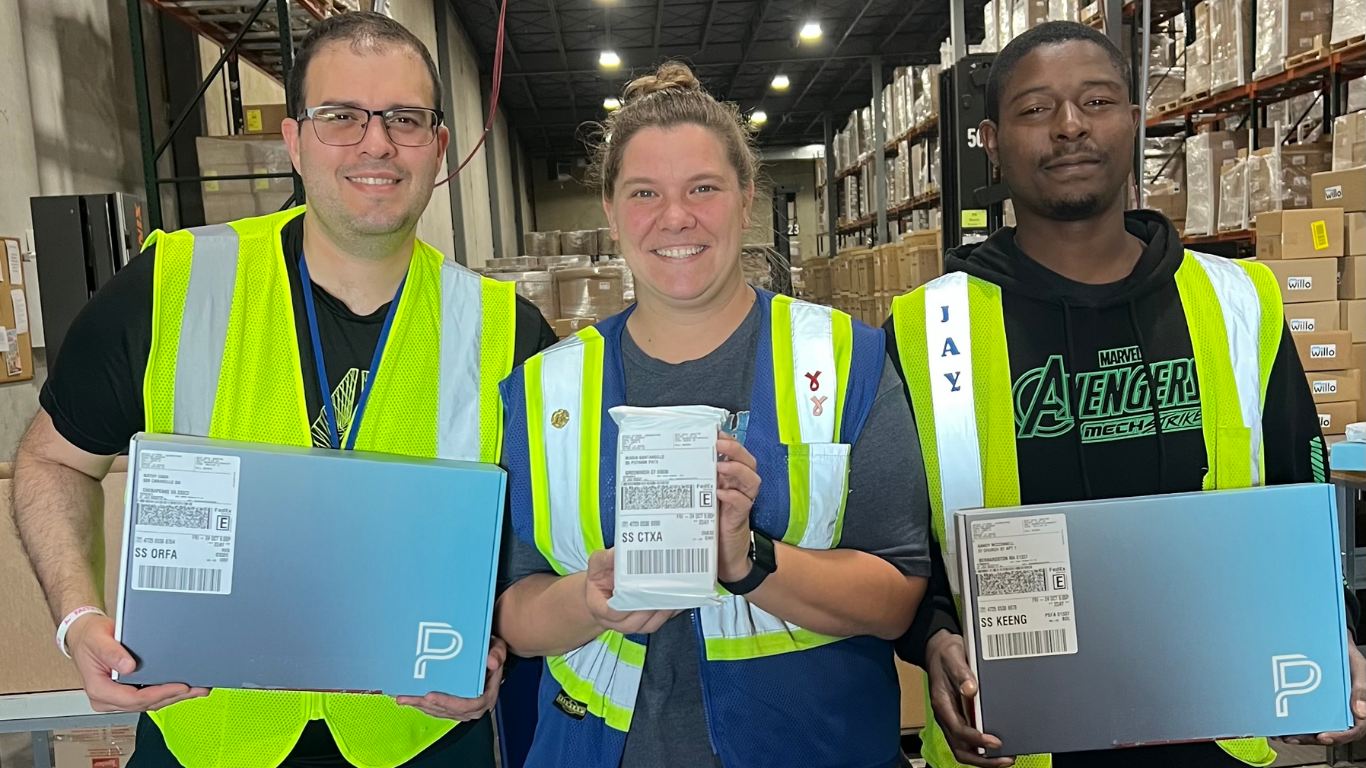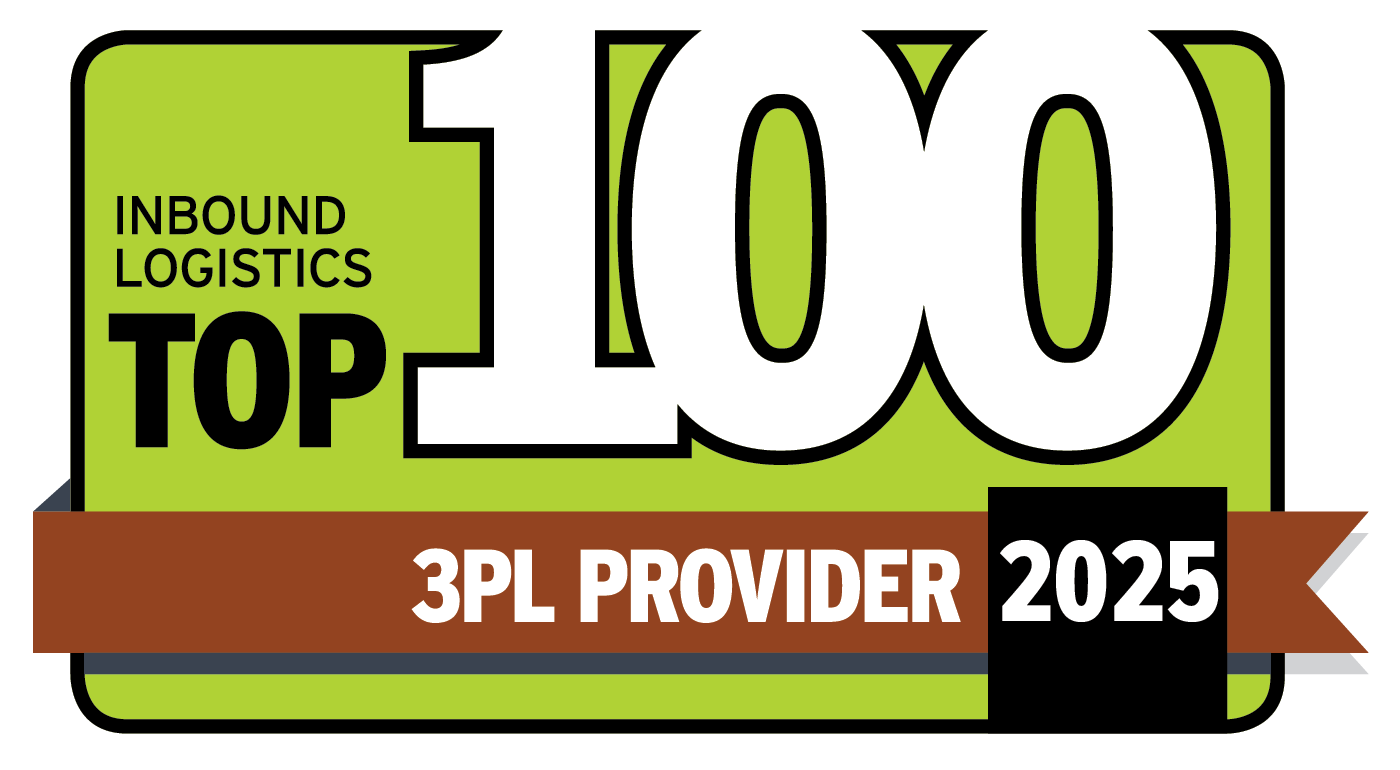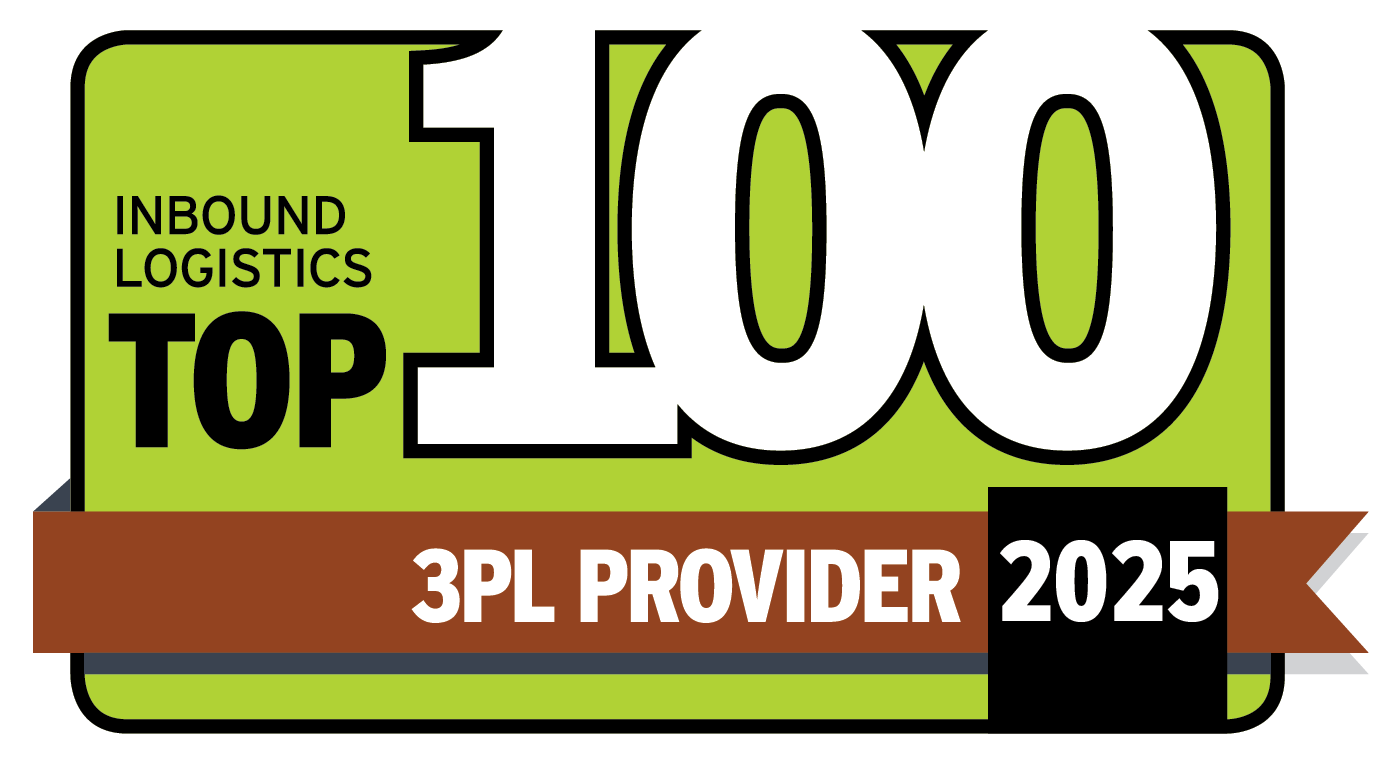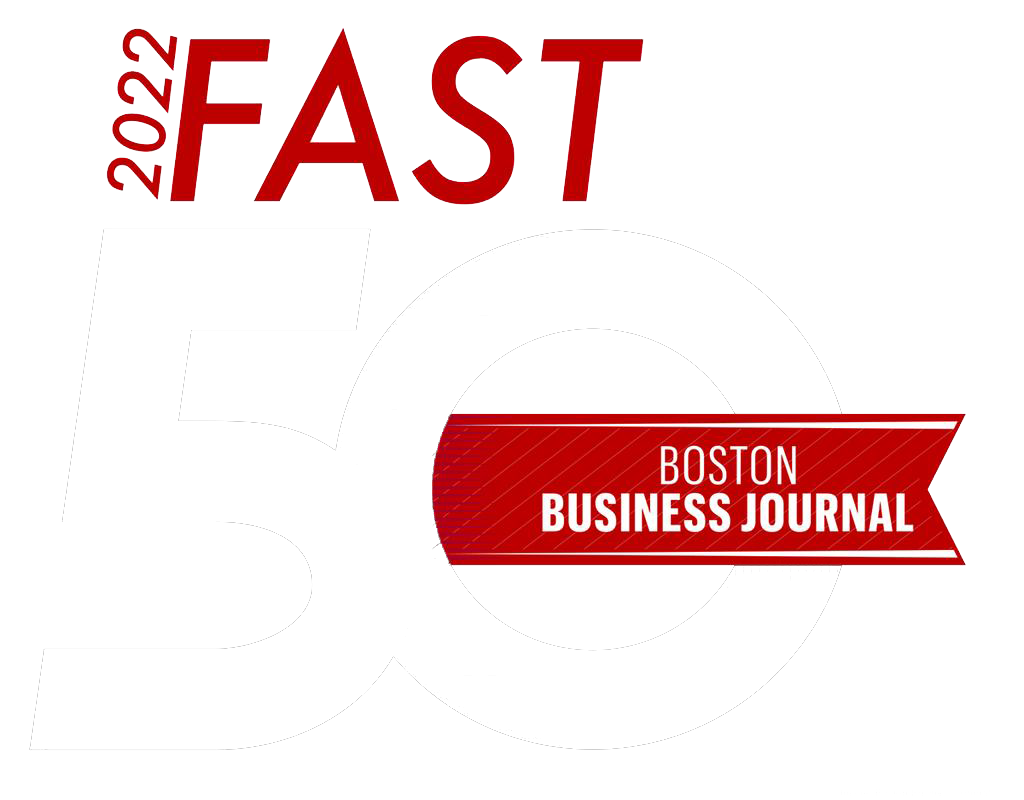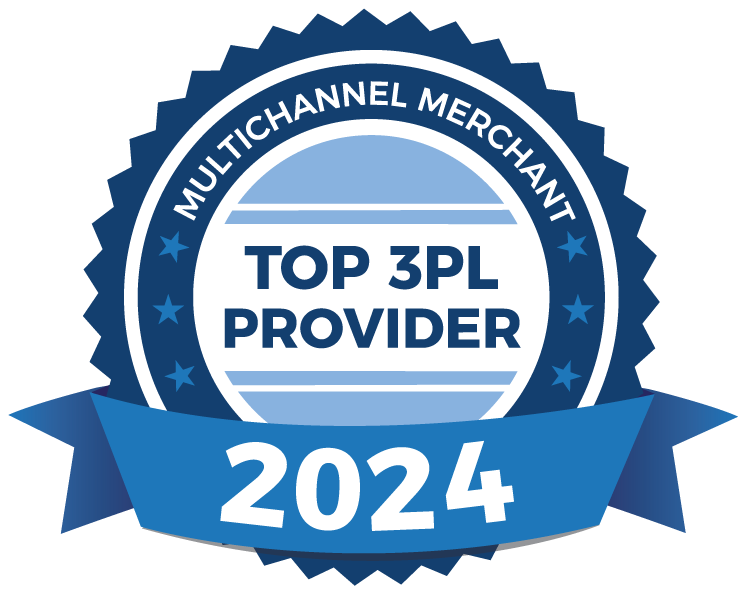Case Study: Optimizing Carton Sizes for KAO Brands
is a leading consumer products company specializing in haircare and hygiene products. They rely on ÐÇ¿Õ´«Ã½ ÐÇ¿Õ´«Ã½Centers (BDC), to manage their entire fulfillment operation. As KAO's e-commerce business flourishes, optimizing costs per order becomes increasingly crucial.
A Sustainable Impact
Historically, KAO used seven carton sizes for packaging all their e-commerce orders. With ever-increasing shipping costs, BDC knew exploring hidden opportunities to improve KAO’s packing efficiency was necessary. Beyond the impact on their bottom line, KAO Brands strives to develop sustainable products and packaging, “making the world healthier and cleaner.”
BDC’s Industrial Engineering team, spearheaded by , investigated potential cost reductions through cartonization optimization. Halcombe stated, “By partnering with Paccurate to pilot their innovative cartonization platform, BDC sought to determine if Paccurate’s software could identify a more efficient carton suite for KAO Brands. This collaboration can lead to significant savings in transportation and materials and positively impact the environment.”
Leveraging Simulation for Real-World Impact
The power of Paccurate’s packaging analysis tool, PacSimulate, lies in its ability to analyze vast amounts of
order data and perform millions of cartonization iterations rapidly and at scale to test different carton sizes,
cartonization rules, rate card changes, and more. In this case, BDC leveraged Paccurate to evaluate an entire
year’s worth of order data to determine what savings might be found by optimizing the outbound shipping
container sizes.
Data-Driven Results
The analysis revealed a clear path toward significant savings by comparing KAO's existing seven-box system to the ideal-fit cartons suggested by PacSimulate. Five out of the seven existing cartons were identified for replacement. This strategic shift resulted in a projected annual transportation cost reduction of 5.9%.
Furthermore, PacSimulate's analysis identified a substantial opportunity for material savings. The optimized carton suite yielded a 33% reduction in corrugated material usage and a 34% net DIM weight reduction. These savings will contribute to KAO Brand’s ESG initiatives of ensuring 100% of their products will leave a full lifecycle environmental footprint that science says the natural world can safely absorb.
Additionally, further analysis identified that KAO Brands could even reduce the number of cartons they stock while still seeing some benefits from a transportation and corrugated waste perspective.
Optimization Results
By implementing Paccurate's cartonization solution, BDC identified significant cost savings for KAO from both a transportation and materials perspective. The power of data-driven cartonization and its potential to significantly impact e-commerce fulfillment costs benefit customers and provide a value-added service for 3PLs like ÐÇ¿Õ´«Ã½ ÐÇ¿Õ´«Ã½Center.
The Bottom Line for KAO + BDC
33% Less corrugated material usage
5.9% Transportation cost reduction
34% Net DIM weight reduction
About ÐÇ¿Õ´«Ã½ Distribution:
With over 80 years of experience in the logistics industry, ÐÇ¿Õ´«Ã½ has a proven track record of helping businesses overcome their 3PL challenges. Our commitment to innovation, scalability and customer satisfaction sets us apart from other 3PL providers. You're partnering with a logistics provider dedicated to your success.
Ready to overcome your logistics challenges? Contact ÐÇ¿Õ´«Ã½ today to discover how our tailored solutions can help your business thrive.
Recent Blog Posts

